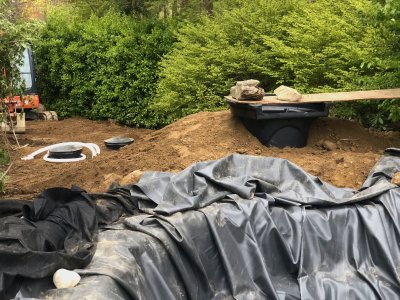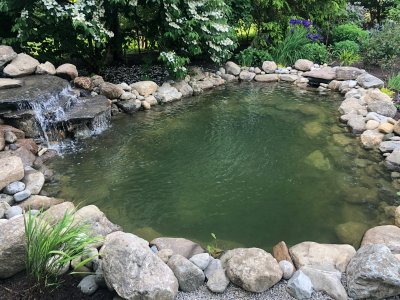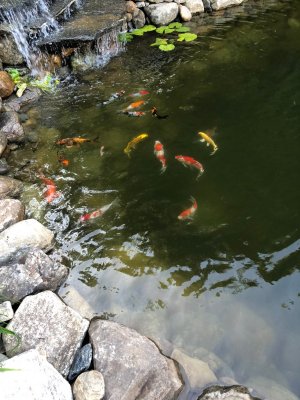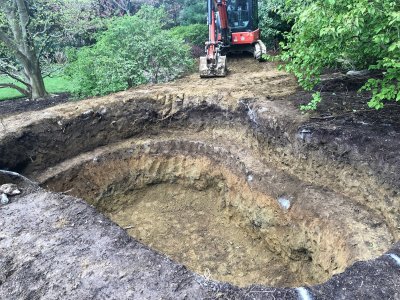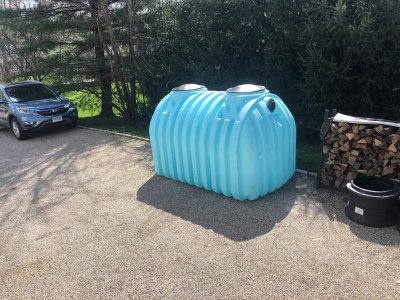- Joined
- Apr 21, 2017
- Messages
- 148
- Reaction score
- 95
The API Ammonia test and others test for total ammonia which I believe is NH3+NH4. However, my understanding is that this value is misleading as what is poisonous is the NH3/toxic ammonia, and measuring that requires that you use a conversion table with your PH and temperature readings. There are tables that estimate what total ammonia is acceptable given specific PH and temp readings where the toxic ammonia is estimated as a percentage of total ammonia. My question is in regards to the Hanna Checker Ammonia tester that measures NH3-N. Is this a direct reading of toxic ammonia, and if so does the electronic/light based kit in the Hanna Checker check PH? But not temperature? I have asked Hanna and others and have not had any responses. Does anyone know how NH3-N relates to either total ammonia or toxic ammonia, and how would it test for that later without a PH or temp reading?







